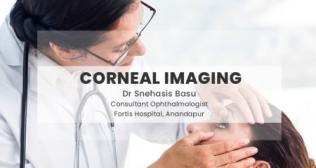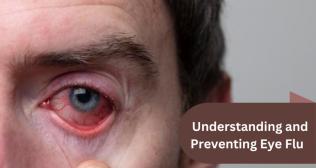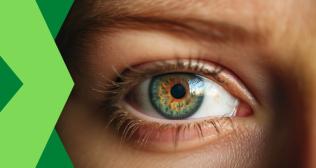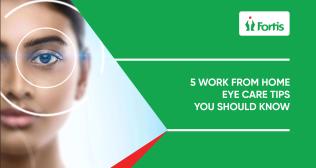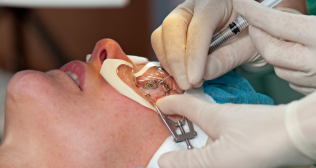
Understanding Common Eye Conditions: Causes, Symptoms, and Treatment Options
Our eyes are precious organs that allow us to see the world around us. However, they are susceptible to various conditions that can affect vision and overall eye health. Understanding common eye conditions, including their causes, symptoms, and available treatment options, is essential for maintaining optimal vision and seeking timely medical intervention when necessary.
1. Myopia (Nearsightedness)
Causes: Myopia occurs when the eyeball is too long or the cornea is too curved, causing light rays to focus in front of the retina instead of directly on it. Symptoms: Difficulty seeing distant objects clearly, squinting, eye strain, headaches. Treatment Options: Eyeglasses, contact lenses, refractive surgery (e.g., LASIK, PRK) to reshape the cornea and correct vision.
2. Hyperopia (Farsightedness)
Causes: Hyperopia occurs when the eyeball is too short or the cornea is too flat, causing light rays to focus behind the retina. Symptoms: Difficulty seeing close objects clearly, eye strain, headaches, blurred vision. Treatment Options: Eyeglasses, contact lenses, refractive surgery (e.g., LASIK, PRK) to reshape the cornea and improve near vision.
3. Astigmatism
Causes: Astigmatism is caused by irregularities in the shape of the cornea or lens, resulting in distorted or blurred vision at all distances. Symptoms: Blurred or distorted vision, eyestrain, headaches, difficulty seeing at night. Treatment Options: Eyeglasses, contact lenses, refractive surgery (e.g., LASIK, PRK) to correct corneal irregularities and improve vision.
4. Presbyopia
Causes: Presbyopia is a natural age-related condition that occurs when the lens of the eye loses flexibility, making it difficult to focus on close objects. Symptoms: Difficulty reading small print, holding reading materials at arm's length, eyestrain. Treatment Options: Reading glasses, progressive or bifocal lenses, monovision contact lenses, refractive surgery (e.g., LASIK, PRK) to correct near vision.
5. Cataracts
Causes: Cataracts develop when the lens of the eye becomes cloudy, typically due to aging, UV exposure, certain medications, or underlying medical conditions. Symptoms: Blurred or cloudy vision, difficulty seeing at night, increased sensitivity to glare, colors appearing faded. Treatment Options: Cataract surgery to remove the cloudy lens and replace it with an artificial intraocular lens (IOL) to restore clear vision.
6. Glaucoma
Causes: Glaucoma is a group of eye diseases characterized by damage to the optic nerve, often caused by elevated intraocular pressure (IOP). Symptoms: Initially asymptomatic (open-angle glaucoma), peripheral vision loss, tunnel vision, blurred vision, eye pain or redness (acute angle-closure glaucoma). Treatment Options: Medications (eye drops), laser therapy, microsurgery (trabeculectomy), minimally invasive glaucoma surgery (MIGS) to lower IOP and preserve vision.
Conclusion
Understanding common eye conditions, their causes, symptoms, and treatment options is essential for maintaining healthy vision and seeking appropriate medical care when needed. Regular eye exams by an eye care professional are crucial for early detection, diagnosis, and management of eye conditions. By staying informed and proactive about eye health, individuals can protect their vision and enjoy a lifetime of clear sight
Categories
Clear allMeet the doctor

- Ophthalmology | Ophthalmology
-
24 Years
-
1700








